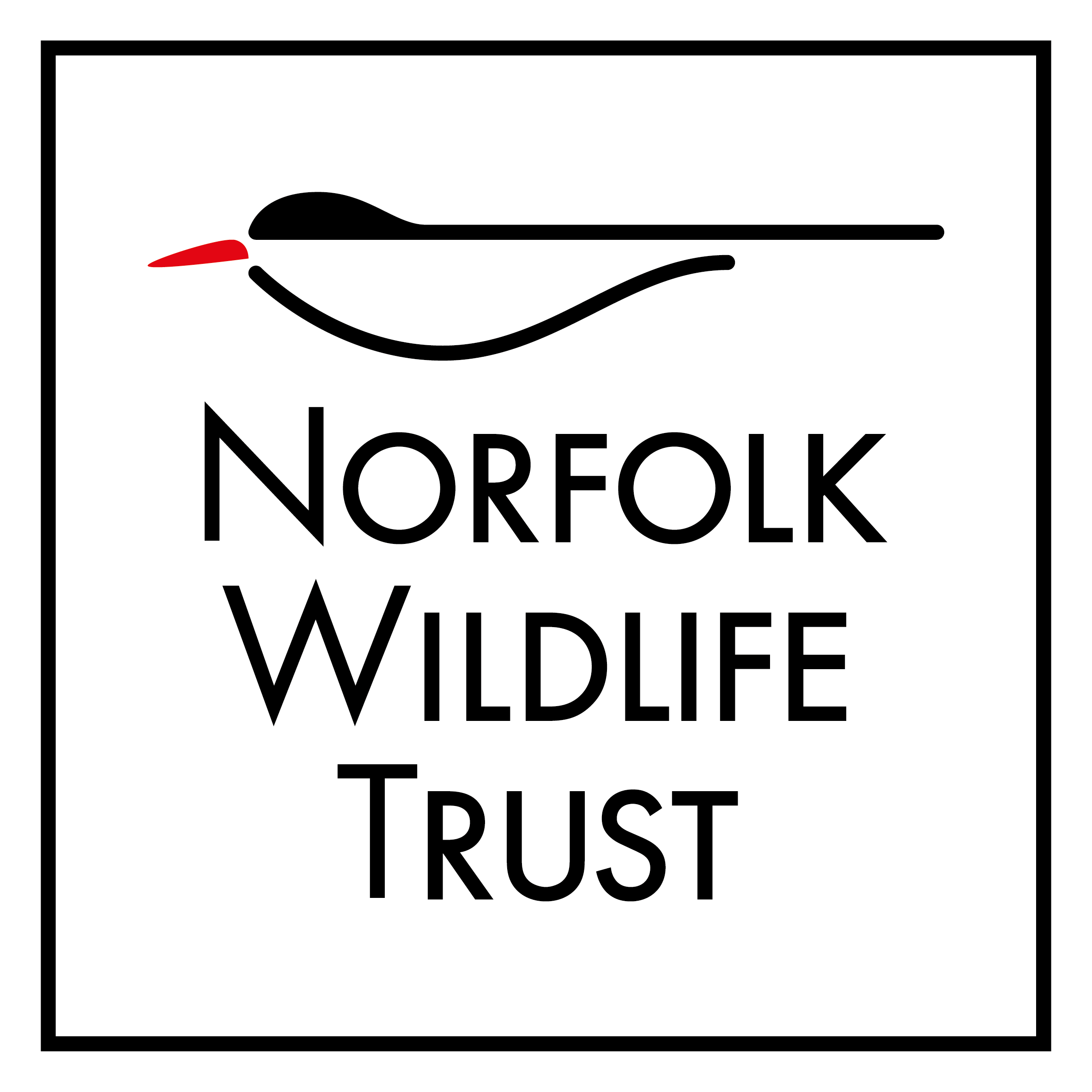Search
Search
Birds and wildlife in the garden: The BTO's Garden Birdwatch with Susan Jones
Susan Jones will talk about the Garden BirdWatch, run by the British Trust for Ornithology, a citizen science project monitoring birds and other wildlife in people's gardens.
£6 million investment to trigger new phase for UK nature recovery
The Wildlife Trusts ramp-up plans to combat nature crisis with new rewilding programme
School grounds advice
Garden bumblebee
Unsurprisingly, the garden bumblebee can be found in the garden, buzzing around flowers like foxgloves, cowslips and red clover. It is quite a large, scruffy-looking bee, with a white tail. It…
Garden warbler
A plain-looking warbler, the garden warbler is a summer visitor to the UK. It is a shy bird and is most likely to be heard, rather than seen, in woodland and scrub habitats.
Garden spider
Have you ever stopped to look at the shape of a spider web? Garden spiders spin a spiral shaped web, perfect for catching lots of juicy prey!
My garden
Nicolas is a farmer who loves wildlife. Through his passion he has grown a successful bird seed business, and in partnership with The Wildlife Trusts has helped to raise £1 million for…
Garden tiger moth
The garden tiger is an attractive, brown-and-white moth of sand dunes, woodland edges, meadows and hedgerows; it will also visit gardens. In decline, it is suffering from the 'tidying up…
Black garden ant
The black garden ant is the familiar and abundant small ant that lives in gardens, but also turns up indoors searching for sugary food. In summer, winged adults, or 'flying ants', swarm…
How to make a shrub garden for wildlife
Woody shrubs and climbers provide food for wildlife, including berries, fruits, seeds, nuts leaves and nectar-rich flowers. So why not plant a shrub garden and see who comes to visit?
How to create a container garden for wildlife
Pots and containers are a great way of introducing wildlife features onto patios, or outside the front door. They are also perfect for small gardens or spaces like window ledges or roofs. Herbs,…
